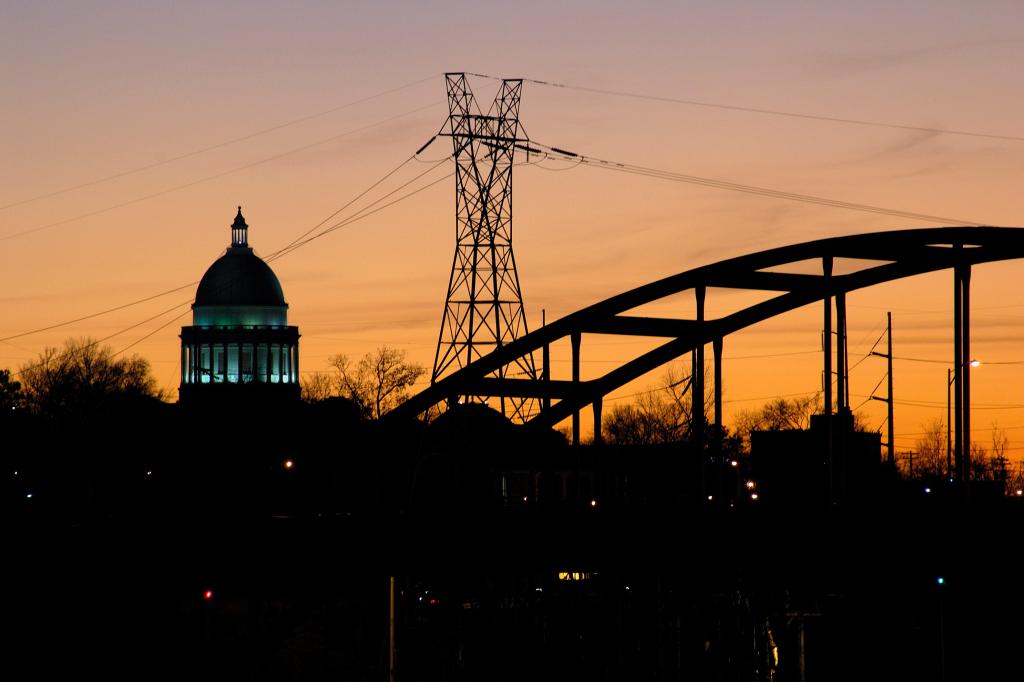Hannah Hindley is an award-winning writer, wilderness guide, and consultant for Marine Conservation Institute, which issues Blue Park awards.
It’s a simple and extraordinary conservation tool: Set aside places in the ocean that can’t be touched, and watch habitats and the life within them flourish. Marine protected areas (MPAs) have existed in some form for nearly a century, but the idea is much older, evident in Indigenous marine management techniques. For instance, in Mozambique’s Inhambane Bay, local conservationists are working to reinstate “ocean rules” that regularly closed areas to fishing and were traditionally enforced by village elders, known as Mukhedzisseli.
The modern-day global MPA movement began in 1982 with the UN Convention on the Law of the Sea, which stated that nations hold exclusive economic rights to the waters within 200 miles of their coastline. With greater control over how to manage these waters, many jurisdictions began creating marine reserves, like Florida’s John Pennekamp Coral Reef State Park and Australia’s Great Barrier Reef Marine Park. In general, MPAs restrict fishing, extractive industries, and boating through wildlife habitat.
In the last 15 years, the percentage of the ocean protected by these zones has nearly quadrupled. But reaching the international goal of protecting 30 percent of the world’s oceans by 2030, which President Joe Biden committed to within a week of his inauguration, requires setting aside a lot more. And we’ll need stricter oversight of what it means to be a marine protected zone.
Research suggests that MPAs provide a multitude of climate benefits. Eighty-three percent of global carbon circulates through the sea, and a huge amount of it is stored in “Blue Carbon” habitats: places like salt marshes and mangroves where carbon is sequestered in coastal mud. When disturbed, these areas can release staggering amounts of greenhouse gases into the atmosphere. MPAs safeguard these vital oceanic carbon sinks from development and degradation.
Protected ocean reserves can mitigate both the causes and effects of climate change. Healthy coral reefs, mangroves, and seagrasses help mediate strengthening storms and sea level rise. MPAs also support genetic diversity, and are likely among the most powerful systems for encouraging adaptation and resilience among species stressed by climate disruption. Inevitably, species’ ranges will shift with warming oceans, but marine reserves can serve as stable “stepping stones” for strained animals seeking new habitat.
Think of MPAs as hospitals for habitat. In 2016, coral bleaching events occurred worldwide during an unusually warm year — a disaster so devastating that Outside magazine published an obituary for the Great Barrier Reef. Since then, scientists tracking how well reefs are recovering discovered that coral reefs within protected areas have the best shot at rebounding. Environmental economists value coral reefs at around $172 billion annually: They mediate storm surges and pollution, yield food, and draw tourism as biodiversity hotspots. With so much to lose, MPAs are extraordinary tools, but only if they’re managed effectively.
After the International Union for Conservation of Nature passed a resolution in 2016 stating that at least 30 percent of the oceans require protection by 2030 to salvage the benefits of healthy marine ecosystems, nations rushed to report the number of MPAs they had created. But when analysts from Marine Conservation Institute (where I’m a consultant) took a closer look, they found that many of them were “paper parks” — attractively labelled but ineffectively managed. Some had very weak rules or no rules whatsoever, and many existed only on a map without any enforcement. Officially, nearly 7 percent of the ocean is safeguarded by MPAs, but in reality only about 2.7 percent is fully protected.
The Institute, for its part, is working to incentivize genuine marine protection by awarding Blue Park status to the world’s most effective MPAs — so far there are 17. The hope is that as Blue Park success stories accrue, more communities and governments will consider fully protected MPAs for the sake of international recognition and the accompanying economic benefits, including eco-tourism and coastal protection from rising sea levels. There is much still to be done — and little time remaining — to ensure that marine protection on paper reflects marine conservation in practice.
Another path forward is to generate consensus on how we talk about marine reserves. “MPA” is an all-encompassing term used to describe varying levels of protection. A new MPA Guide provides a common language for discussing different levels of protection so the global community can move beyond semantics toward sound conservation goals. Based on these standards, The Marine Protection Atlas helps track parks around the world, revealing the state of marine conservation in real time. A shared scientific language helps hasten real progress, and transparency breeds accountability.
The ocean is the beating heart of the planet, susceptible to dramatic damages from climate change and biodiversity loss. Now especially, the connection between human health and the health of wild places has never been clearer. Marine protected areas can be powerful tools for resetting this balance, but only if they’re managed with an eye toward true and lasting conservation.
The views expressed here reflect those of the author. Fix is committed to publishing a diversity of voices. Got a bold idea or fresh news analysis? Submit your op-ed draft, along with a note about who you are, to fix@grist.org.



